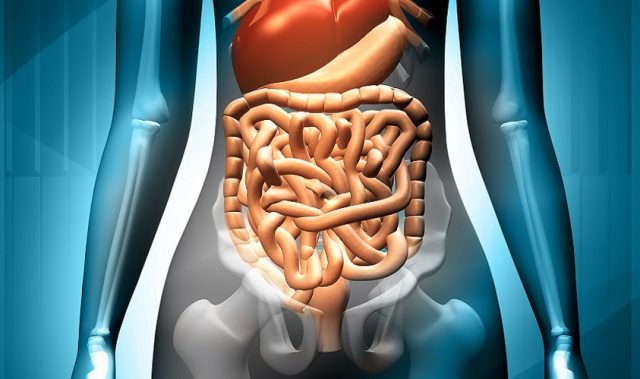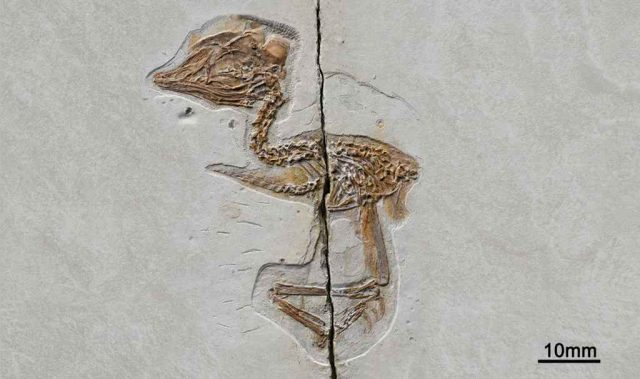
AsianScientist (Apr. 16, 2018) – A team of scientists in China has obtained a highly detailed map of the herpes simplex virus (HSV) capsid. Their findings, published in Science, could guide the design of treatments for conditions caused by HSV such as genital sores and certain cancers.
HSV is genetically and structurally one of the most complex viruses. It spreads within the host population efficiently, causing a range of diseases in humans, including congenital disorders and cancers.
The assembly pathway of HSV produces three distinct types of capsids called A-, B- and C-capsids. Little is known about the structure and assembly mechanism of the HSV capsid.
In the present study, Professors Wang Xiangxi, Rao Zihe and Zhang Xinzheng at the Institute of Biophysics of the Chinese Academy of Sciences, together with coworkers from Hunan Normal University and the National Institutes for Food and Drug Control, reconstructed the 3.1 Å structure of the HSV type 2 (HSV-2) B-capsid. They used cryo-electron microscopy followed by a combination of ‘block-based’ reconstruction methods and Ewald sphere corrections, a mathematical technique.
As one of four major structural layers, the 125 nm capsid of HSV-2 not only protects the viral genome from mechanical and other damage, but also functions to release the viral genome into the host cell nucleus during initial infection and facilitates the packaging of the virus genome during virus maturation.
Based on the capsid structure, the researchers proposed a model for the ordered assembly of the capsid, demonstrating how basic assembly units clustered into higher-order structures conforming to twofold symmetry which guide nascent assembly intermediates into the correct geometry of the final capsid structure. The researchers noted that their work paves the way for a deeper understanding of the drivers of HSV assembly and the basis of stability of the capsid.
The article can be found at: Yuan et al. (2018) Cryo-EM Structure of a Herpesvirus Capsid at 3.1 Å.
———
Source: Chinese Academy of Sciences; Photo: Shutterstock.
Disclaimer: This article does not necessarily reflect the views of AsianScientist or its staff.












